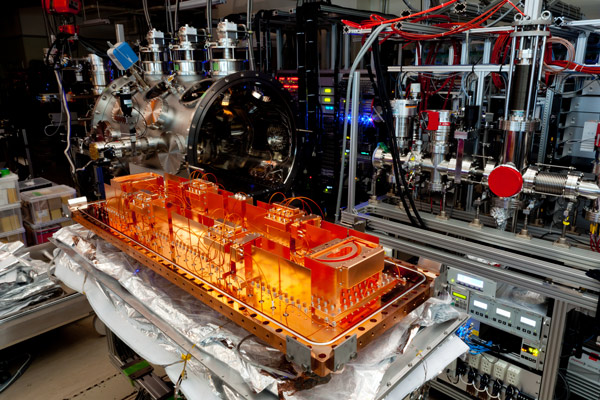
Figure 1: A photograph of the cryogenic ion storage ring at RIKEN used for the measurement of the relaxation dynamics of N2O+. © 2025 RIKEN Atomic, Molecular and Optical Physics Laboratory
A resonance effect can significantly affect how a three-atom molecule cools down when excited, RIKEN physicists have found1. This highlights the complexity of the relaxation dynamics of even simple molecules.
Small, energetic molecules in a vacuum-such as those in the upper atmosphere or interstellar space-can either break apart or cool down by releasing their energy through emitting light.
"The energy-dissipation mechanism of molecules via radiative cooling is crucial to understanding the stability of hot, excited molecules," says Toshiyuki Azuma of the RIKEN Atomic, Molecular & Optical Physics Laboratory. "It's essential in chemical reactions in dilute environments such as the Earth's upper atmosphere."
But determining the cooling dynamics of excited molecules can be difficult.
On paper, the positive ion N2O+ appears deceptively simple. It consists of two nitrogen atoms connected to an oxygen atom, with all three atoms aligned in a straight line.
And when excited vibrationally, N2O+ moves in one of three ways-bending about its central nitrogen atom or stretching along its axis (along the nitrogen−oxygen bond or the nitrogen−nitrogen one).
Naively, its excess energy might be expected to be released in each mode independently. But its cooling process turns out to be surprisingly complex.
Performing measurements is challenging-the molecules need to be in an ultrahigh vacuum and at a temperature within 10 degrees Celsius of absolute zero. And the cooling process occurs over seconds, an extremely long time for molecular spectroscopy by electronic transitions, where transitions usually happen in tiny fractions of a second.
Now, Azuma, Sakumi Harayama, Susumu Kuma and co-workers have used RIKEN's cryogenic ion storage ring (Fig. 1)-one of only three such instruments in the world-to determine how N2O+ cools after excitation.
One of the stretching movements of N2O+ has a similar energy and symmetry as the specific bending movement. This enables the two modes of vibrational movements to couple via a phenomenon known as Fermi resonance, opening up cooling pathways via vibrational transitions that would not normally occur.
The team thus wondered if Fermi resonance might influence the radiative cooling dynamics of the molecule.
To find out, they exploited the fact that N2O+ has two electronic ground states, one with Fermi resonance and one without. This allowed them to directly compare the cooling behaviors with and without Fermi resonance.
They found that the state with Fermi resonance coupling had a considerably slower cooling rate than the one without it. This was the first time that the effect of coupling on cooling dynamics had been measured.
"This was the first observation of Fermi resonance in the time domain, showing clear evidence that Fermi resonance plays a crucial role in the vibrational cooling dynamics of molecules," notes Harayama.






